
This content is protected against AI scraping.
A lot of writers have never come across the term “head-hopping” or its definition. I was one of those writers when I completed my first novel (which is unpublished, and will probably remain that way forever.) That’s why I thought I’d take some time to explain it here.
Head-hopping is something that typically happens in stories written in third person. The writer fluctuates between the thoughts of one character and another within a scene. Head-hopping looks like this:
Josiah froze behind the bar of the saloon as Emmeline pointed a pistol directly at his heart. Hatred burned in her eyes, and he knew that she must have heard about what he did at the brothel. Holy mackerel, Bob thought, and stopped playing the piano. After all, the song “Git Along Little Dogies” didn’t seem like appropriate music to die to. Emmeline wondered if Josiah would try to come up with some excuse, and whether she should even wait to find out.
We’re in the heads of three different people in the space of five sentences.
The more generally acceptable way would be to pick one person’s point of view and stick with it. Here’s the whole scene rewritten so that we only have access to Josiah’s perceptions.
Josiah froze behind the bar as Emmeline pointed a pistol directly at his heart. Hatred burned in her eyes, and he knew that she must have heard about what he did at the brothel. Bob stopped playing the piano. Just as well, maybe — Josiah didn’t want to die to the sounds of “Git Along Little Dogies.” Would Emmeline even give him a change to explain?
Head-hopping does not refer to alternating points of view. If a scene from Josiah’s perspective is followed up by a scene from Emmeline’s point of view, that’s fine. You just don’t want to bounce back and forth.
Plenty of novels tell their story from two or three points of view. If you have more points of view than that in the same story, you are giving yourself a big challenge as a writer, because it’s going to be difficult to get the readers to care about all of those characters.
With multiple points of view, you just need to avoid switching back and forth mid-scene. (Some authors don’t switch within a chapter, which keeps things very clean, but it can be difficult to write your whole story that way.)
It’s all right to switch a point of view once in the middle of a scene (though I wouldn’t do it in every scene.) To indicate a point of view switch, leave an extra space between the two paragraphs.
You’ve probably read novels with head-hopping. If you’ve read a lot of Victorian and Regency novels, you’ve definitely encountered it. So what’s wrong with it? Why do editors hate it?
Staying in the point of view of one character for a while means that you’re not just telling your readers a story. You’re allowing them to really experience it, through the thoughts and the perceptions of a character. This helps them get completely lost in the story. It also makes them bond with your characters more strongly. Both of these things will make them love you as an author, and that’s what you really want.
If you’re writing a novel, you might like my book Blank Page to Final Draft. It’s a step-by-step guide to plotting, writing, and editing a novel while improving your writing style. Check it out!
Have you experienced challenges in handling points of view, or do you have any advice for others? Let us know in the comments! Thanks so much for reading, and happy writing!

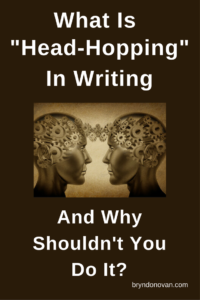
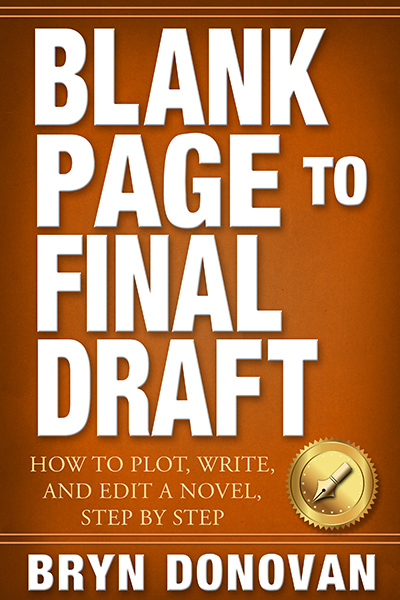





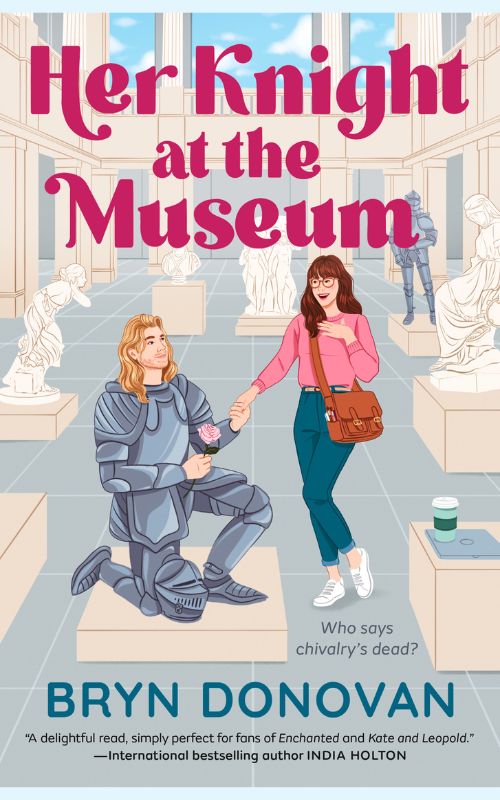

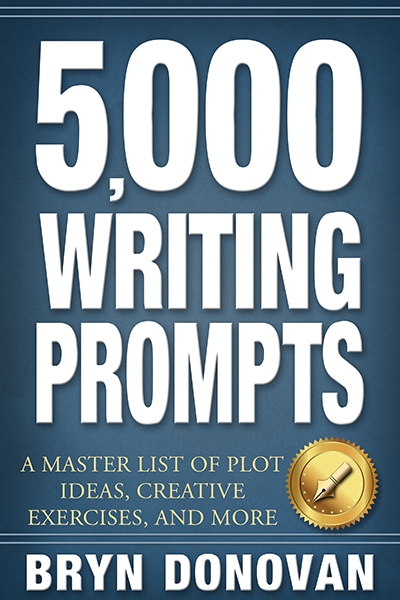
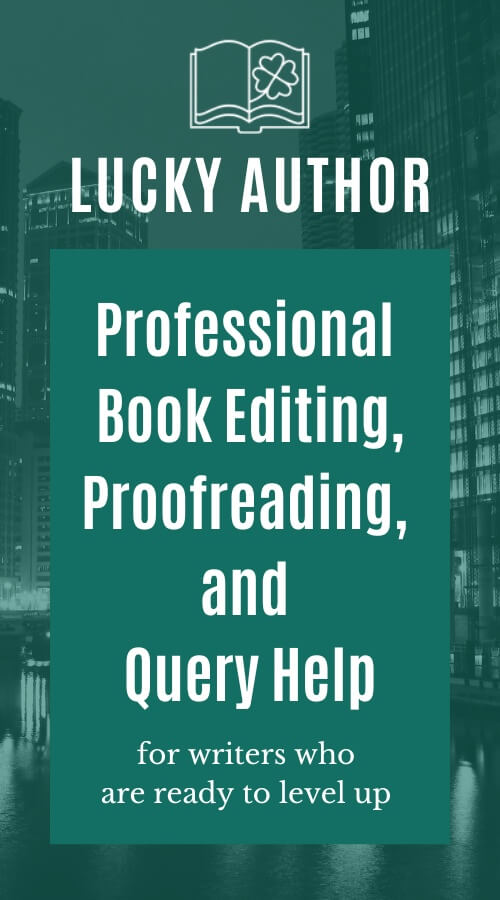
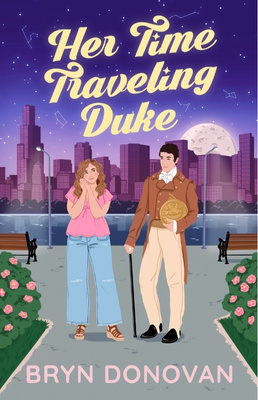
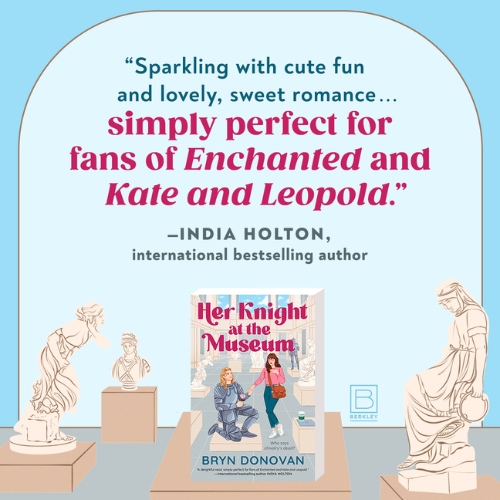
Ok so I’m not new to writing but I am new to writing if you get what I mean. I have been writing my whole life but it wasn’t until I began working on a novel that I really realized that I was new to this whole thing. Head-hopping is a term I first heard of when I began publishing my novel on Wattpad and Scribofile. After talking with several critiquers from those respective sites is when I realized that I was doing this a lot. Thanks for sharing your experience and knowledge, I’m sure this will help out a lot of authours as it did for me.
“I’m not new to writing but I am new to writing if you get what I mean.” I know exactly what you mean — that was my experience, too, when I first started trying novel writing as opposed to other kind of writing! Thanks for talking about your experience, Timothy, and thanks for reading 🙂
Very interesting. You’re correct, I do believe Regencies contain this head-hopping style a lot. I never thought about this much before, but your point about the possibility of not connecting with characters if there is too much of this going on makes sense. Thanks for the info.
Yeah, I think people who read a lot of classics are especially prone to head-hop in their own writing 🙂 Thanks for commenting, Laurie! Have a great week!
Hi Bryn! Great post on head hopping and point of view! I like to write in third person limited, and if I switch POV, I do so at the section or chapter break. It’s actual a fun challenge to limit the character’s knowledge to what he/she could realistically see, hear, and understand. For instance, in my Little Mermaid retelling, Edmund doesn’t know mermaids exist, or anything about his mute friend’s family background, so he draws a lot of conclusions that are understandable but just plain wrong.
One of my personal bugbears with point of view is mind reading: when you’re in one character’s point of view and they say or think something about the other one’s thoughts or emotions they don’t actually know. I think this happens because we do draw conclusions about the emotions of others, sometimes accurately, sometimes not, based on things like facial expression, body language, and tone of voice. So let the reader draw those conclusions, too. Read the mother’s anger in her pursed lips and clenched fists. They can suspect the teen boy is nervous from his shifting weight or fidgeting, etc. It helps with the reader ‘a connection to the POV character and also with showing vs. telling.
Hi Kimberly! You bring up such great points about staying in one POV. Characters can sometimes guess at other character’s emotions, but you can’t overdo it and it’s important to show it through dialogue and body language, as you say. (One exception is in one of my WIPs, where the heroine is an empath. 😀 ) But it’s so entertaining (or heart-rending, based on the story) when characters misunderstand one another or jump to the wrong conclusions… and it’s so great when the reader knows way more about the main characters than they do about one another. 🙂
I think the first time encountered head hopping in a book was when I tried to read The Hobbit. I got frustrated because of the frequent and unexpected changes of POV, and gave up after a chapter or two. I know everyone loves that book and that it’s a legendary classic, but the head hopping ruined it for me.
Hi Paige! I haven’t read The Hobbit since I was a kid, but I’m not surprised to hear about the irregular POV changes. It used to be so much more common, I think… but for a contemporary reader, it can feel so jarring!
Hi Bryn! This is a really helpful post, especially going into NaNo. For my story, I’m planning to have three POV characters plus omniscient voice. What are your thoughts about mixing first- and third-person?
Hi, Kira! How awesome that you’re doing NaNo this year!
Mixing first person with third person in the same book is quite rare. (I can only think of one example I’ve read myself, a Marion Zimmer Bradley novel, and I didn’t like the mix of 1st and 3rd as a reader.) Many readers will find it weird, and I suspect that many editors will look at it askance. With that in mind, I think there has to be a very good reason for mixing them — something that you absolutely cannot achieve if you stick in 3rd person. Since it will put some people off, it really needs to be worth it.
Thanks so much for commenting and for the kind words, and I hope NaNo goes great for you!
I just finished reading the first book to the Dragonlance Chronicle series that seems close to head hopping. There were multiple points of view in the book and even in the chapter. The did separate each with a new paragraph. What got to me was recounting the same scene from the different viewpoints, but I guess given it was written for D&D they were trying to get that feel across. It was interesting but a little too busy in my mind and how I write.
Hmm, that’s an interesting thing to do… trying to replicate the D&D experience! I’m not sure how much I would like the repeating of scenes from different POVs, though. Thanks for commenting, NJ!
Last night I started re-reading an Ellis Peters novel that I hadn’t read for a while. After 3 scenes covering 20 pages, I realized that we’d been inside the heads of 6 characters, repeated times. This is a published novel from a prolific well-known author. I will grant that we are eased with cues into each change but still, wow. On the other hand, the opening chapters from the Fionavar Tapestry make my head spin because of all the unmarked POV changes.
However, I have a question, something I’ve been criticized for in this regard. Let’s say we’re in Tom’s head, and Tom sees Carol storm out of the boss’s office, then she slams her office door closed. Tom concludes that Carol is angry about the new project deadline. After all, he was, and Carol’s reputation is on the line. I’ve often had characters infer emotions and thoughts like that, but people say I’m head-hopping. Tom might even be wrong and discover that later (perhaps the boss fired Carol, or made an inappropriate advance, or …), but at the time, depending on Tom’s confidence, the line might be “Carol must be furious about the deadline”; or he might think “I guess Carol might be angry about the deadline?”; or if Tom is an arrogant twit who can’t imagine that he could be wrong, it could simply be, “Carol was upset about the deadline”.
I don’t like to head-hop. I prefer to not only keep to one POV in a scene, but for several scenes, perhaps the whole chapter. However, I think it’s valid for one character to infer another character’s emotions (from presented emotional cues, of course), or even thoughts. Is that head-hopping?
Hmm, that is an awful lot of jumping around in the Ellis Peters book! I read the Cadfael mysteries years and years ago… I can’t remember if there was a lot of head-hopping there or not.
Absolutely, characters can infer other people’s emotions! You’re totally correct there. We do it in real life all the time. Sometimes when I’m revising I’ll realize that I need to re-word that a little so it doesn’t seem like head-hopping, though. “Carol was furious about the deadline” could sound off, even if Tom is an arrogant twit (haha), so I’ll switch sentences like that to “Carol must be furious,” like you said, or “No doubt Carol was furious…” or whatever. But yeah, that’s not head-hopping at all.
Thanks for bringing this up, Chris — it’s a great point!
Also had a similar case when I was writing a *whispers* fanfic. My beta caught it and explained it too. Now, it was just catching them and re-writing them if I’ve fallen into the same trap. 🙂
Very early in my writing i did this before I’d even been told that, yes, it’s okay to jump between viewpoints in general.
Bryn,
Bless you, even if you haven’t sneezed recently. I’m a retired rabbi and just discovered your blog. Fantastic! Better writing info than anywhere else I’ve looked. Thank you.
. I don’t use social media, purposely. Do you send out the blog regularly by email? I can always go to your site, which I’m obviously on now, but getting your blog automatically would be great. My address is: igrokit1@gmail,com.Thanks again.
Hi, David! Haha, that first sentence made me laugh. So nice to meet you, and thanks so much for the kind words! There is a place to subscribe to the blog below… then you’ll get an email update with each new post. I’d be honored 🙂
Thank you! I jut got my first stage of editing back from my editor and she pointed out that I head-hop. I realized that I tend to do this without thinking. Your article helped me understand what it is better. I really hope I can avoid it better in the future.
I found this really helpful. Thank you!